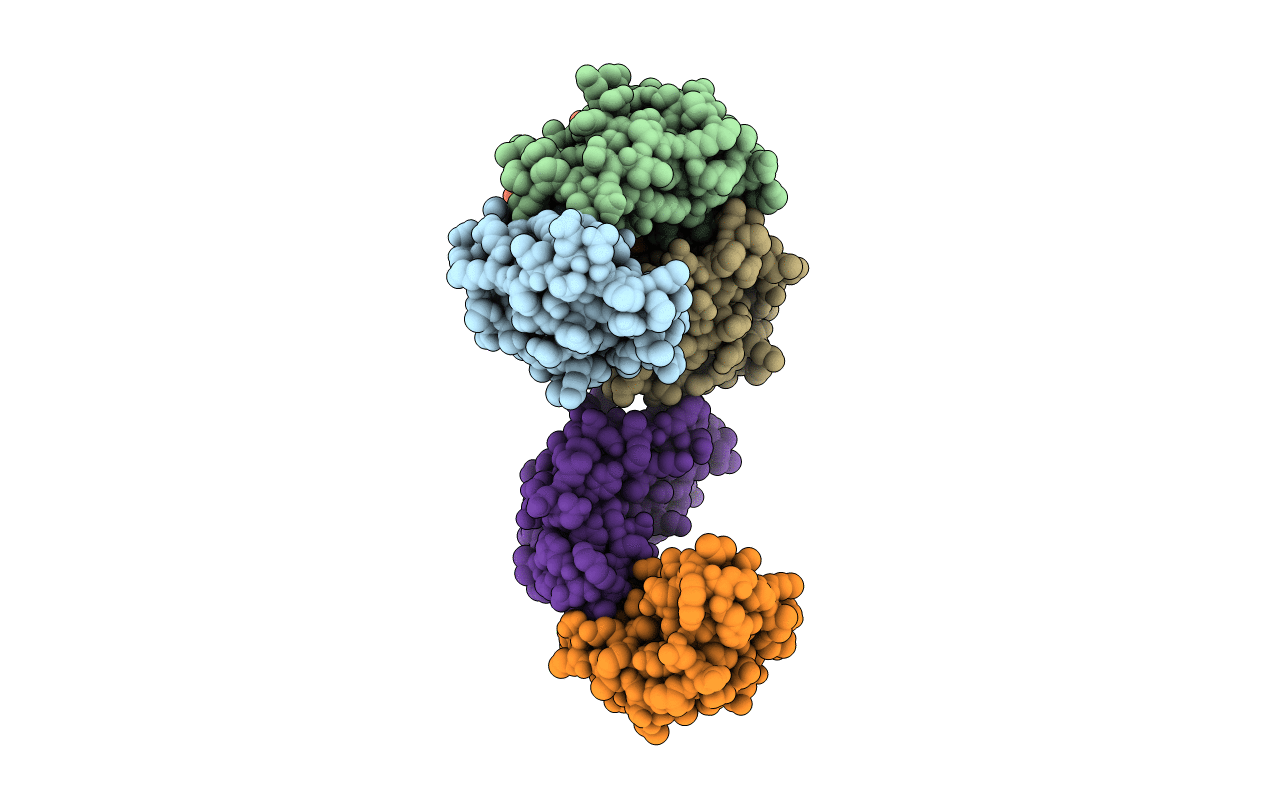
Deposition Date
2008-05-05
Release Date
2009-04-21
Last Version Date
2023-08-30
Entry Detail
PDB ID:
3D1D
Keywords:
Title:
Hexagonal crystal structure of Tas3 C-terminal alpha motif
Biological Source:
Source Organism:
Schizosaccharomyces pombe (Taxon ID: 4896)
Host Organism:
Method Details:
Experimental Method:
Resolution:
2.60 Å
R-Value Free:
0.27
R-Value Work:
0.20
Space Group:
P 65


